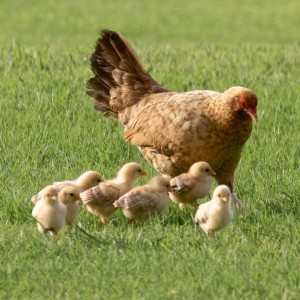 One of the most underused strategies in an early childhood classroom is also one of the most beneficial to both teachers and children.
One of the most underused strategies in an early childhood classroom is also one of the most beneficial to both teachers and children.
But, we often don’t even think of breaking up the large group into smaller, subsets of children during the course of the day.
As one of my wise colleagues used to say, “Less is More.”
We move the entire classroom of children to the playground, on a walk, to snack – but why? Could we accomplish the moving in a different way?
Could a smaller group, when ready, move outside with teacher number one?
Could a teacher take a smaller group of children on a nature walk today, leaving the others in the classroom to work on the project – and then reverse the plan tomorrow?
Could snack be open and available at one of the tables when the children are ready to sit for a moment and eat something?
Could we think more about “why” we do what we do? Might there be other simpler, less chaotic, and much more effective (and efficient) ways of working with our little ones?
In addition:
- Young children need time to work independently, but they also need time to work with their teacher.
- They need to receive individual attention and instruction in order to meet their specific developmental needs and interests – not possible in large group activities.
- They need the opportunity to talk and be heard. They also need the opportunity to listen to what others are saying. They need to learn the fine art of discussing and interacting with one another.
Small groups are designed for this.
Some guidelines:
- Small group time can be built into the daily/weekly schedule.
- Small groups should be distinct from the planned classroom activities.
- They are intentionally organized – to accomplish a specific goal – to work on skills.
- The learning goal should determine the number of children in the small group; however, this small group should not exceed five children.
- The teacher plays an active role in small groups.
- And the children play a supportive role in one another’s learning.
It is a win-win for everyone in the classroom!
Let me know if you would like more information on small groups. We used small groups in our preschool/kindergarten programs – with great success! We were better able to meet the unique, individual needs and interests of each child in each classroom.
It’s worth thinking about …
